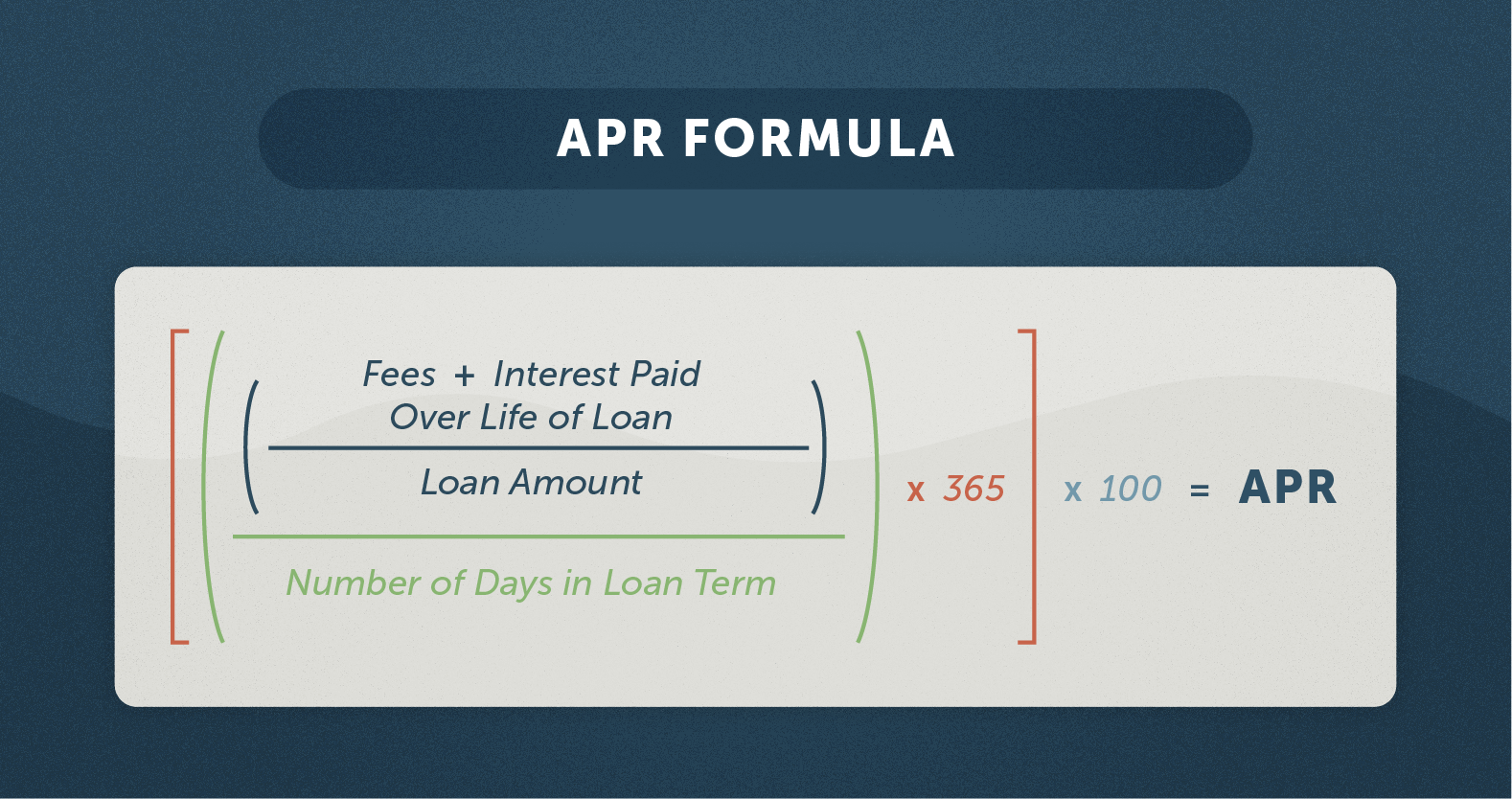It might feel like longer to some, but it was simply a decade ago that a devastating real estate crisis ruined the lives of numerous Americans, with effects that still exist today. As we approach the 10-year anniversary of Lehman Brothers' collapse and the Great Economic crisis, we should have a look back at the subprime mortgage crisis.
If the prime rate for a home mortgage is what is provided to people with great credit and a history of reliability, subprime is for those who have actually struggled to satisfy those standards. Individuals who are approved of subprime home loans traditionally have low credit scores and issues with debt. There is no precise established number, however a FICO score below 640 is typically seen as subprime for a loan like a mortgage. NINJA home loans were released with no independent confirmation of the borrower's ability to pay back the loan. Unsurprisingly, much of these borrowers ended up being not able to pay their mortgages. Low underwriting standards cultivated an environment where people who presented a real credit threat had the ability to obtain home mortgage.
In fact, unique home loan loans were developed just for customers who were not able to come up with the cash for a down payment. Under a so-called "piggyback" loan, a mortgage lender would release one loan to cover the down payment and closing expenses, and after that a second loan to cover the house's purchase cost.
Improper mortgage financing practices played a big role in the financial collapse. Nevertheless, this is still not the entire story. In truth, activities in real estate and secondary monetary services markets contributed a lot to the larger financial issues the nation experienced during the economic crisis. To start with, homes were being appraised at exceedingly high worths, inflating genuine estate rates across the nation.
This caused inflated real estate worths to flow in genuine estate markets. In turn, customers took out loans for amounts that were more than the houses were worth outdoors market - what are the interest rates on 30 year mortgages today. Some have actually even argued that appraisers' overvaluation of homes was the real root of the monetary crisis. Securitization of home loan might have been the straw that broke the camel's back.
How To Compare Mortgages Excel With Pmi And Taxes - An Overview
Securitization is the practice of transforming possessions like mortgages into securities like stocks and bonds by pooling possessions together and gathering regular earnings streams from the newly-formed securities. The monetary sector began securitizing home loans in the late 1980s. Doing so permitted loan providers to mitigate some of the risk of offering subprime loans since the financial obligation was pooled and re-issued to securities financiers.
This process was immensely profitable, and lending institutions believed they would benefit despite whether any one customer went into default. which mortgages have the hifhest right to payment'. After all, if they didn't earn money off of the loan, they could still make cash by providing securities or by offering the home through foreclosure if the borrower defaulted.
As a result, banks started increase the lucrative practice of securitizing home loan and selling collateralized debt responsibilities. Of course, http://www.timesharecancellationreview.com/wesley-financial-group-review the principle of spreading the danger just works when many of the loans are repaid. If too high a percentage of the loans are defaulted on, the securities' worths drop.
These losses caused the failure of big investment banks like Bear Sterns and Lehman Brothers and the failure of Indymac, one of the largest mortgage originators in the United States. Congress enacted the Dodd-Frank Act in reaction to these conditions with the intent of preventing a comparable disaster in the future.

Dodd-Frank revamped mortgage loaning practices, heightened oversight of banks and credit score firms, and included a whistle-blower arrangement that provides financial benefit for the reporting of securities infractions. The Dodd-Frank Act was a significant law, and it https://casetext.com/case/wyndham-vacation-resorts-inc-v-wesley-fin-grp-3 included the Home mortgage Reform and Anti-Predatory Lending Act, along with the Consumer Financial Security Act.

The Only Guide for What Bank Keeps Its Own Mortgages
Even more, it modified aspects of Policy Z and modified aspects of the Truth in Financing Act. The Act needed begetters to focus on the debtor's capability to pay back the loan throughout the application procedure. Similarly, lenders are needed to make a "great faith decision as to a customer's capability to repay the loan." This excellent faith determination forced lenders to tighten their underwriting standards, thus getting rid of customers' ability to certify using gadgets such as stated earnings loans.
To fight predatory financing, the Consumer Financial Protection Bureau passed the Know Before You Owe home loan disclosure rule, which is created to assist debtors understand their loans, and the accompanying documents they sign (what is the interest rate today on mortgages). To foster this reward, the Bureau simplified traditional home loan disclosure kinds and developed standardized industry practices that were more transparent.
The Dodd-Frank Act mitigated a good deal of unneeded danger in realty lending markets and moved some of the staying risk of default from house owners to loan providers. Under the law, lenders sponsoring asset-backed securities need to retain at least five percent of the associated credit risk. Lots of https://www.greatplacetowork.com/certified-company/7022866 think this requirement will lower loan providers' willingness to issue subprime loans.
Dodd-Frank Wall Street Reform and Consumer Security Act, Bar. L. No. 111-203, 929-Z, 124 Stat. 1376, 1871 (2010) (codified at 15 U.S.C. 780).
The U.S. is not about to see a rerun of the housing bubble that formed in 2006 and 2007, precipitating the Fantastic Economic downturn that followed, according to specialists at Wharton. More prudent financing norms, increasing rates of interest and high home rates have actually kept need in check. Nevertheless, some misperceptions about the essential chauffeurs and effects of the real estate crisis persist and clarifying those will guarantee that policy makers and market players do not repeat the same mistakes, according to Wharton property teachers Susan Wachter and Benjamin Keys, who just recently had a look back at the crisis, and how it has actually affected the current market, on the Knowledge@Wharton radio program on SiriusXM.
What Act Loaned Money To Refinance Mortgages Can Be Fun For Everyone
As the home mortgage financing market expanded, it attracted droves of new gamers with cash to provide. "We had a trillion dollars more entering the home mortgage market in 2004, 2005 and 2006," Wachter said. "That's $3 trillion dollars going into mortgages that did not exist before non-traditional home loans, so-called NINJA home mortgages (no income, no job, no assets).
They also increased access to credit, both for those with low credit scores and middle-class property owners who wished to take out a 2nd lien on their house or a house equity credit line. "In doing so, they produced a great deal of take advantage of in the system and introduced a lot more threat." Credit expanded in all directions in the build-up to the last crisis "any direction where there was cravings for anybody to borrow," Keys said.